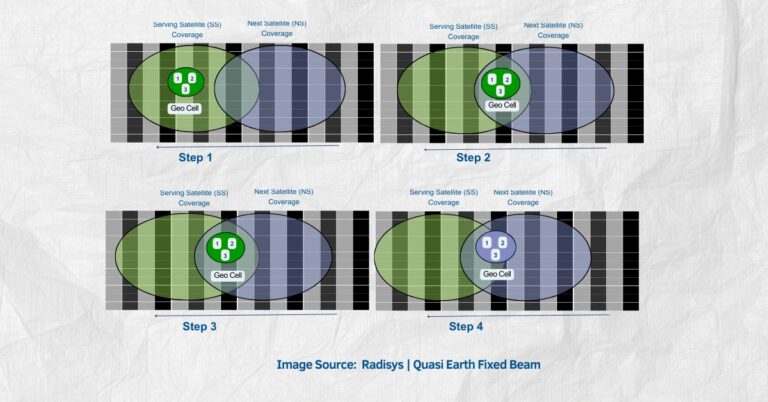Cape Canaveral, Florida, January 10, 2023 – OneWeb today confirmed the successful deployment of 40 satellites launched by SpaceX from Cape Canaveral Space Force Station. This launch is OneWeb’s 16th to-date, with only two more launches remaining to complete its first-generation constellation enabling global connectivity in 2023.
Lift-off took place on Sunday, 9 January 2023 at 11:50 p.m. ET (local). OneWeb’s satellites separated successfully from the rocket and were dispensed in three phases over a period of 1 hour and 35 minutes, with signal acquisition on all 40 satellites confirmed.
With 542 satellites now in orbit, OneWeb has more than 80% of its first-generation constellation launched. With this launch, OneWeb kicks-off its ‘Countdown to Global Connectivity’ campaign marking the final launches remaining to complete its first-generation LEO satellite constellation that will offer high-speed, low-latency connectivity solutions.
OneWeb has connectivity solutions active today with its distribution partners in Alaska, Canada, the UK, Greenland and wider Arctic area, with expanded services coming online soon across the U.S, southern Europe, Australia, Middle East and more. With each new area covered, OneWeb and its partners can provide internet connectivity to a greater number of unserved and underserved rural and remote communities and businesses.
Neil Masterson, Chief Executive Officer of OneWeb, commented: “Today’s launch is a thrilling way to start 2023 and at OneWeb, this launch brings us even closer to completing our constellation and launching connectivity services around the world. OneWeb believes that connection everywhere changes everything and each of these launches provides us with more capacity to help our partners connect communities, businesses, and governments around the world. I want to thank SpaceX for their continued support, which has now brought about two successful launches. Every launch is a team effort, and we are grateful to everyone who makes these incredible moments possible.”
Webcast playbackLaunch highlights availableView on YouTube
Launch ImageryOneWeb Launch 16 Media Kit
Launch PartnerSpaceX
Launch FacilitySpace Launch Complex 40 at Cape Canaveral Space Force Station in Florida
Source: OneWeb Press releases Read More






























